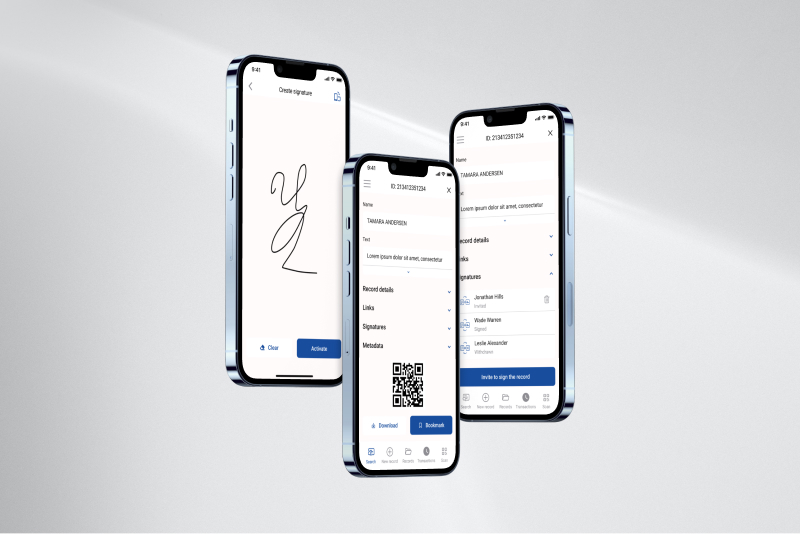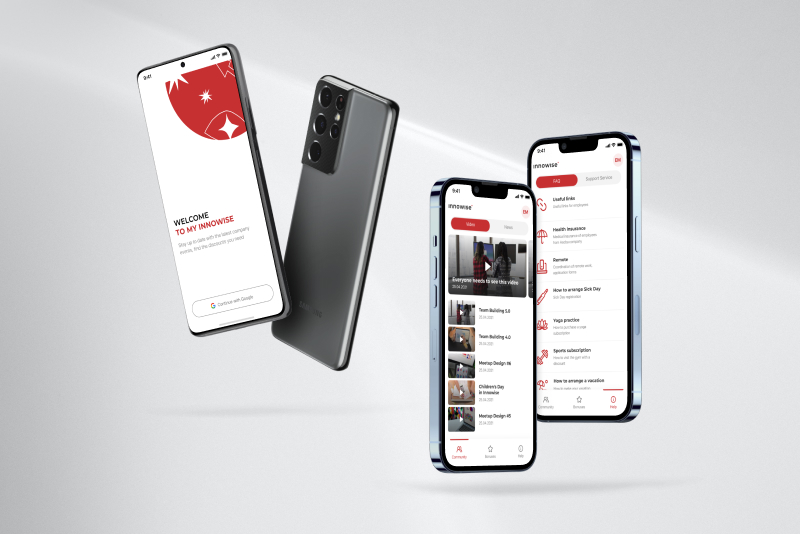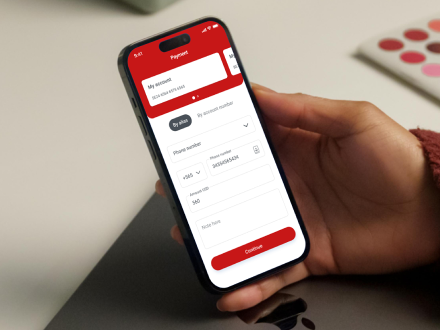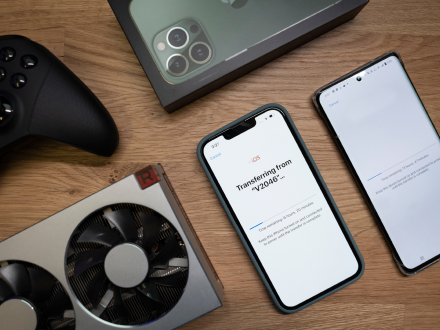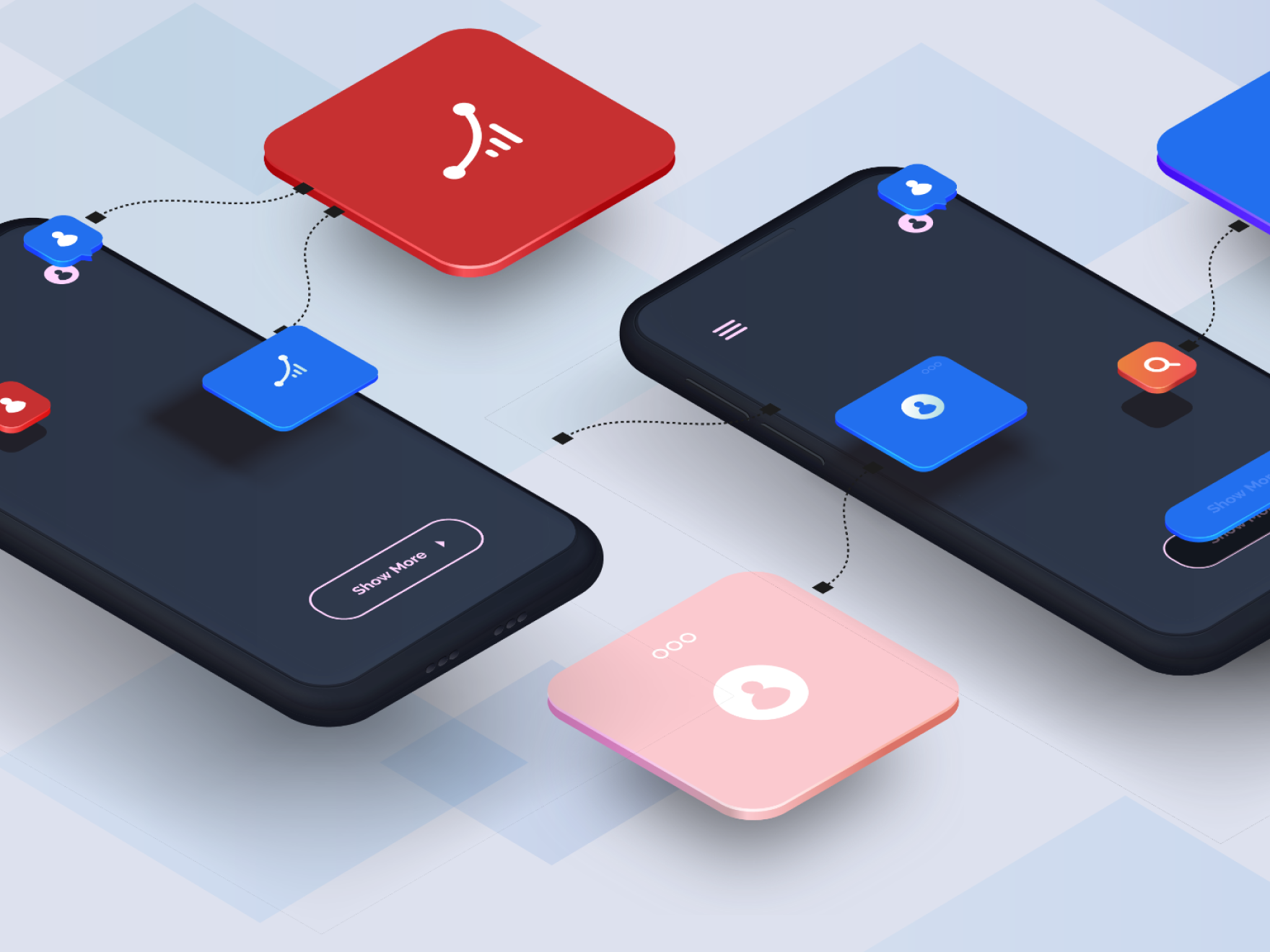In the year 2019, the number of mobile app downloads exceeded 200 billion. Over the past year, mobile users had downloaded 230 billion mobile apps, up over 63% from the 140.7 billion app downloads in 2016 when this boom started.
The COVID-19 pandemic has also boosted mobile devices and applications’ use. According to the research, mobile app downloads have increased by 23.3% since the pandemic.
So, if you still have no mobile solution, please look at the numbers above. We do believe you have already started searching for a robust mobile app development workflow to build your exceptional mobile app. As you certainly face several dilemmas at this stage, such as which platform is best to decide on or which app development environment is best suited for broader customer interactions, we will help you find answers to one of such dilemmas. Let’s discuss the benefits of the main approaches to mobile app development – native and cross-platform.





